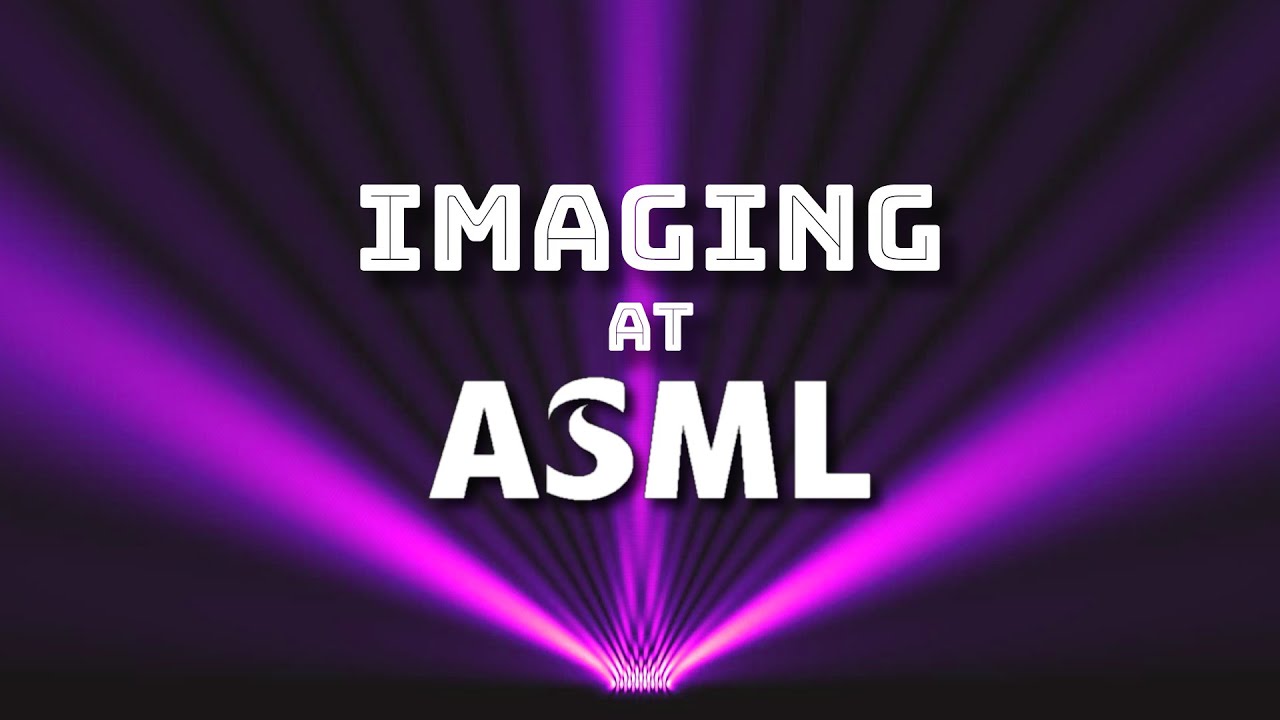When discussing geometrical optics such as telescope, camera lens, and microscope design, the (unattainable) goal is a system that is “diffraction limited”, where all optical distortion and aberrations have been corrected to such an extent that the only limits on resolution are those imposed by the finite wavelength of light itself.
But as the size of devices fabricated on integrated circuits have shrunk to much smaller than the wavelength of visible light, diffraction limited systems are just where those designing the photolithography gear that prints those patterns into silicon wafers say, “Hold my beer.” Using shorter wavelengths of light, such as the extreme ultraviolet now employed for state of the art chips, can help, but it can only get you so far, especially because at the high photon energies of such electromagnetic radiation, many materials used in photolithography are increasingly transparent and even reflecting or masking the light is a formidable problem. To continue shrinking device geometry, a series of increasingly arcane “dirty tricks” are required, and the Netherlands’ ASML, world leader in photolithogaphy. is the grand master of this optical skulduggery.
This video presents a visit to the ASML Experience Center in Veldhoven for a look behind the curtain and conversations with the engineers pioneering these technologies.
For a dive into the deep end of photolithography, see the 2023-11-16 post, “Nvidia and Computational Inverse Lithography Technology”, which describes how masks are made for use in ASML machines.
